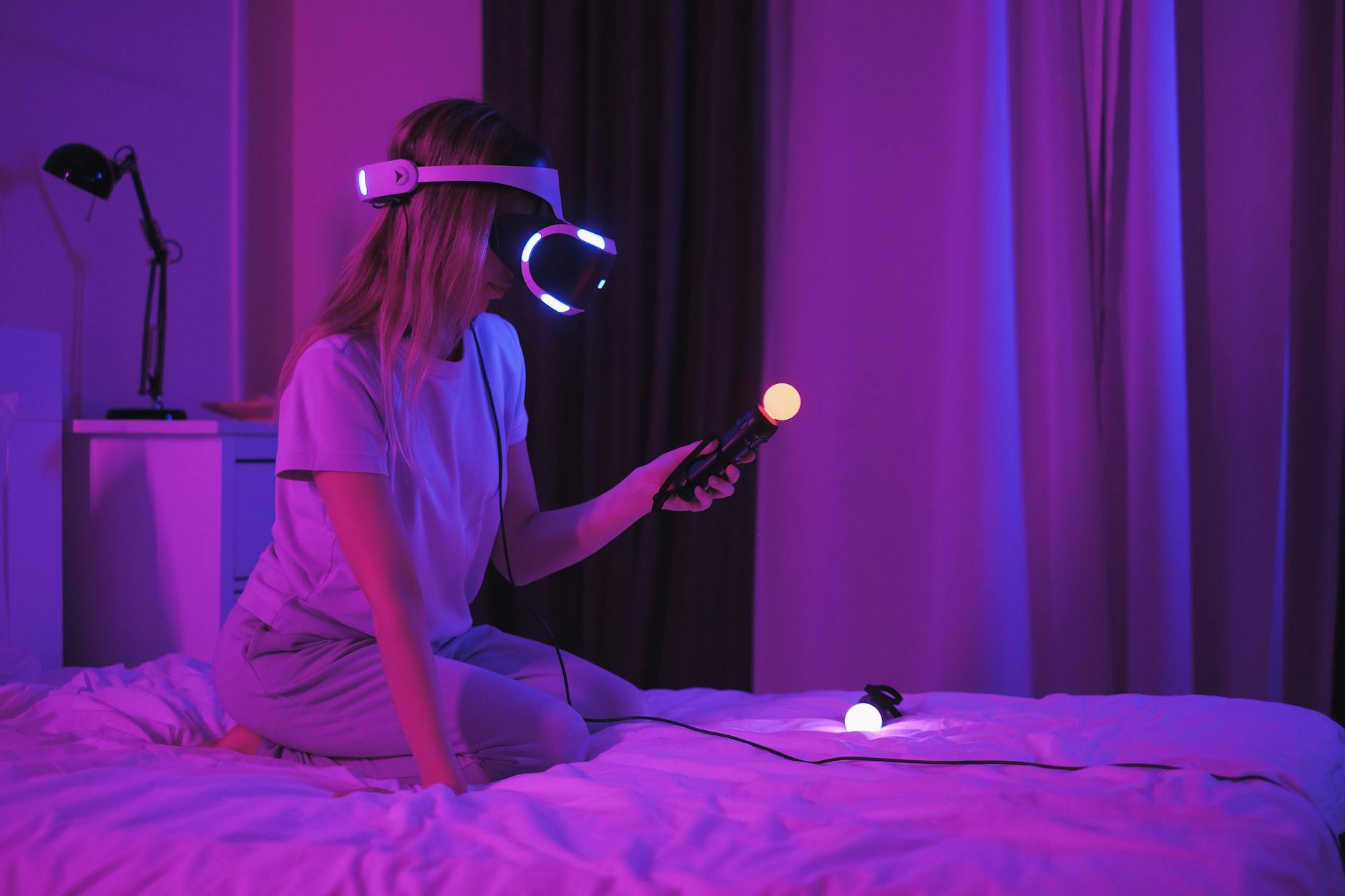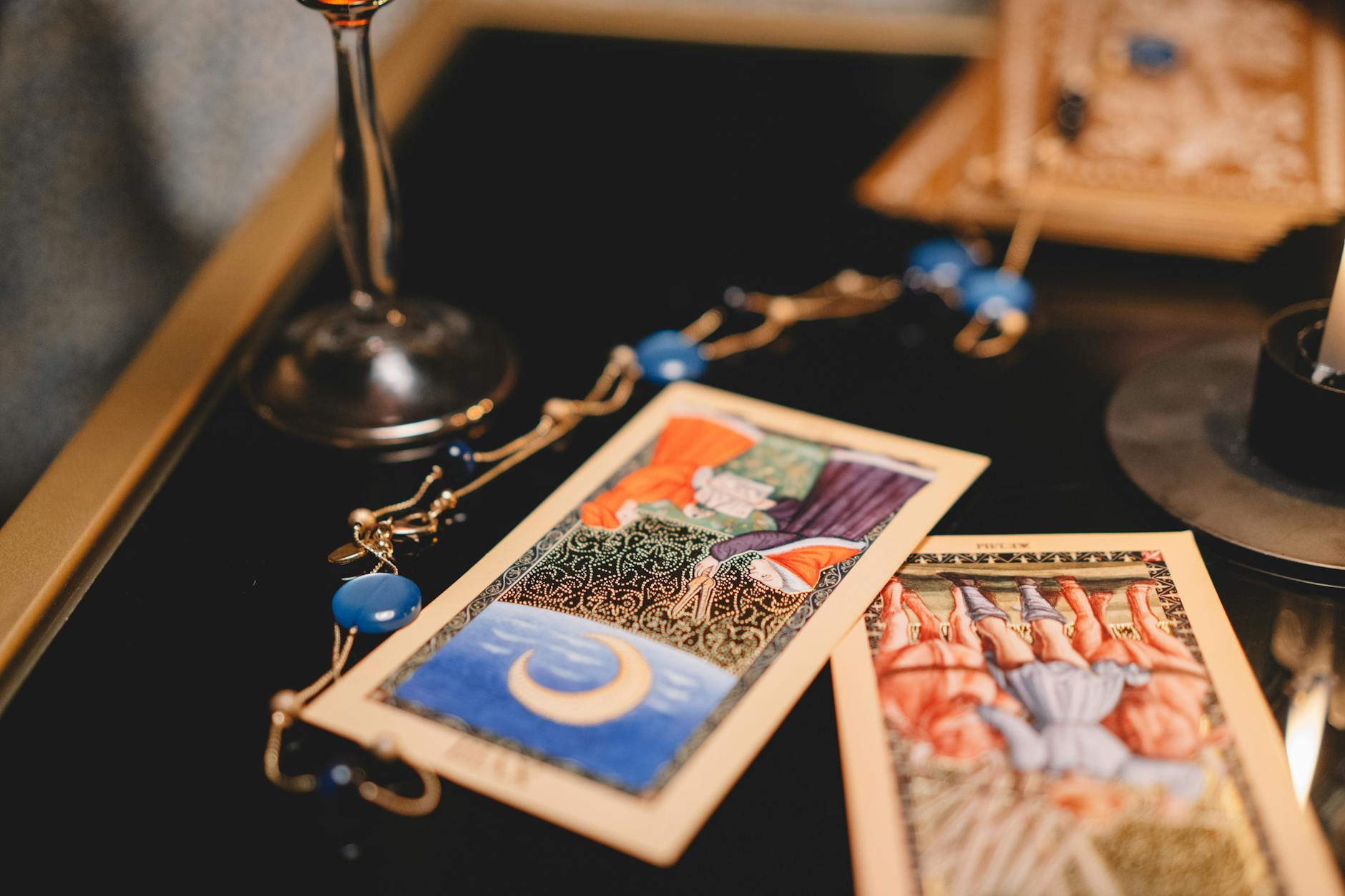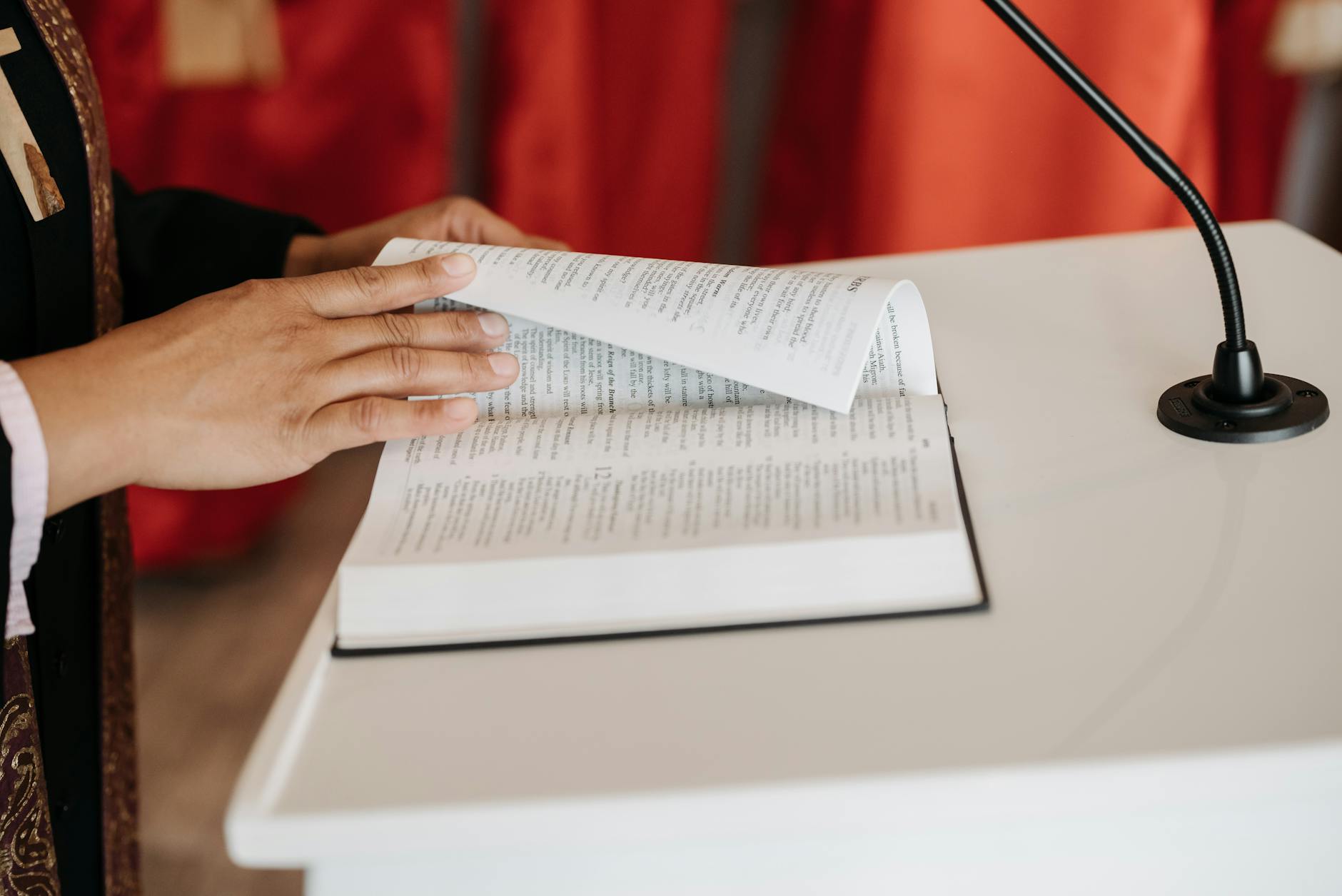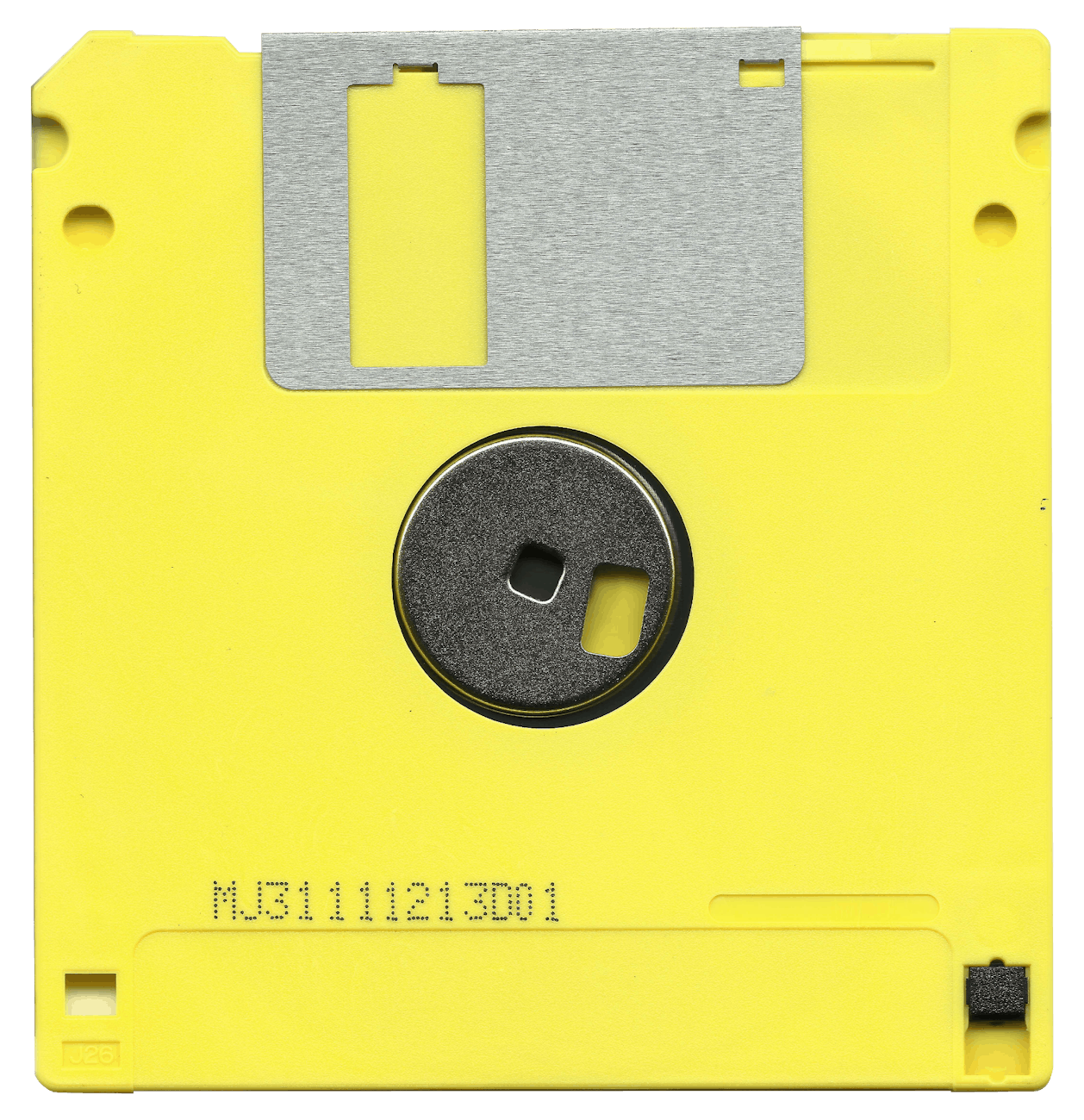“DCViews”:http://www.dcviews.com/_Sony/h5.htm. Well, the Sony Cyber-shot DSC-H5 is probably the closest thing to the right small camera with big quality compromise. The key thing is that it can shoot decently at ISO 400 so is good for low light situations. Read the reviews, but with 12x optical zoom, 3″ LCD viewer, less than 15 ounce weight, its the camera for those occasions where you need more quality than a pocket camera and more zoom, but don’t want to carry a big DSLR. “DigitalCameraInfo”:http://www.digitalcamerainfo.com/content/Sony-Cyber-shot-DSC-H5-Digital-Camera-Review/Design–Layout.htm liked the speed which goes to ISO 400 in good light and ISO 200 in really dark but said its colors were over saturated and more consumer oriented than accurate in terms of colors. It basically “red shifts” for more pleasing skintones like consumer cameras and there is no accurate setting. “DCResource”:http://www.dcresource.com/reviews/sony/dsc_h5-review/index.shtml liked it but they don’t do super technical color review. Both reviews point out that at ISO 800 and above, the EV range, that is the difference between dark and light really falls. As an aside, a Digital Rebel XT has very clean images in dark up to ISO 1600 according to “DCResource”:http://www.dcresource.com/reviews/canon/digital_rebel_xt-review/index.shtml and shows that in parameter 1 mode, the Digital Rebel is oversaturated as well by 115% or so which is why you shoul duse parameter 2.
So this completes the picture for Rich’s camera recommendations as follows from small to big:
* Fujifilm FinePix F11 (“$300”:http://www.thecamerabox.com/product.asp?id=fudfpf11&l=Froogle). You can’t get this one in the US, but “thecamerabox”:http://thecamerabox.com carries it. It is bigger than the really small ones, but it still fits in a guys pocket and most important, with 6 megapixels and really great ISO 400 performance, it is the perfect pocket camera. At $300, not too bad a price either. What just about everyone should have. There are smaller ones, but they tend to have poor image quality and for a pocket camera, you really want available light shooting because the flashes are so poor.
* Sony Cyber-shot DSC-H5 (“$500”:http://www.pricegrabber.com/p__Sony_Cyber_shot_DSC_H5_Digital_Camera_Black,__17744371/sort_type=bottomline) At $500, this is the good compromise for someone who doesn’t want the bulk of a full DSLR nor do they really need the wide variety of high quality lenses. This one as I said has a 36-432mm equivalent lense at F2.8-F8. It is image stabilized and most important for the small 7 megapixel sensor, it has good ISO 400 shooting so works with available light.
* Canon Digital Rebel XT (“$700”:http://www.pricegrabber.com/p__Canon_EOS_350D_Digital_Rebel_XT_Digital_SLR_Camera_Body_Only_Black,__7139626/sort_type=bottomline) and Canon 28-105mm F4 L IS USM lens (“$1200”:http://www.pricegrabber.com/p__Canon_EF_24_105mm_f_4_L_IS_USM_Standard_Zoom_Lens,__11402001/sort_type=bottomline). Well, this kind of breaks the bank, but at $650 plus a $1200 lense, you really have an amazing camera. The picture quality of this 8 megapixel will be very good and you are buying a very expensive pro lense, but it will last a life time. The main problem with this setup is all ergonomics. The Digital Rebel is just so small, it is actually hard to handle and it is very light while the lense is very heavy at over a pound, so it is a little hard to figure out how to make it all hang together. The tiny viewfinder also takes some getting used to. My old N80 plus 50mm F/1.8 lense feels way more balanced and its surprising how you need just a little more width. Finally one last thing to note is that as many reviews have said, it does feel like kind of cheap plastic rather than armor plated. Still, following the philosophy of spending the dollars on the glass and not the “box” at the end, this is a really great system that all together costs less than the body of the 5D.
* Canon EOS-5D (“$2800”:(“$1700”:http://www.pricegrabber.com/search_getprod.php/masterid=588161/sort_type=bottomline), Canon 70-200 F2.8L IS USM lense (“$1700”:http://www.pricegrabber.com/search_getprod.php/masterid=588161/sort_type=bottomline) and Canon 16-35mm f2.8L: USM EF (“$1300”:http://www.pricegrabber.com/search_getprod.php/masterid=533991/sort_type=bottomline) for really long shots as well as a wide angle zoom lense as well.. This is a $2700 street body, but it mates with the 24-105 above and at 12 megapixels and full frame, it is the ultimate dream for the afictionado., this is the good compromise for someone who doesn’t want the bulk of a full DSLR nor do they really need the wide variety of high quality lenses. This one as I said has a 36-432mm equivalent lense at F2.8-F8. It is image stabilized and most important for the small 7 megapixel sensor, it has good ISO 400 shooting so works with available light.
Finally, if you are also shooting video, there are two recommendations:
* Sony DCR-SR100 (“$1000”:http://www.pricegrabber.com/p__Sony_DCR_SR100_30_GB_Digital_Camcorder,__17842636/sort_type=bottomline). This is a hard disk recorder, image quality isn’t quite up to the tape based, but the convenience is the key.
* Sony HDR-HC3 (“$1200”:http://www.pricegrabber.com/p__Sony_HDR_HC3_HDV_Digital_Camcorder,__17842633/sort_type=bottomline). This is the prosumer version for HDTV recording. Records on tape in 1080i. Its lighter and smaller and perfect for those of us on the bleeding edge. Main drawback is of course the tape.





